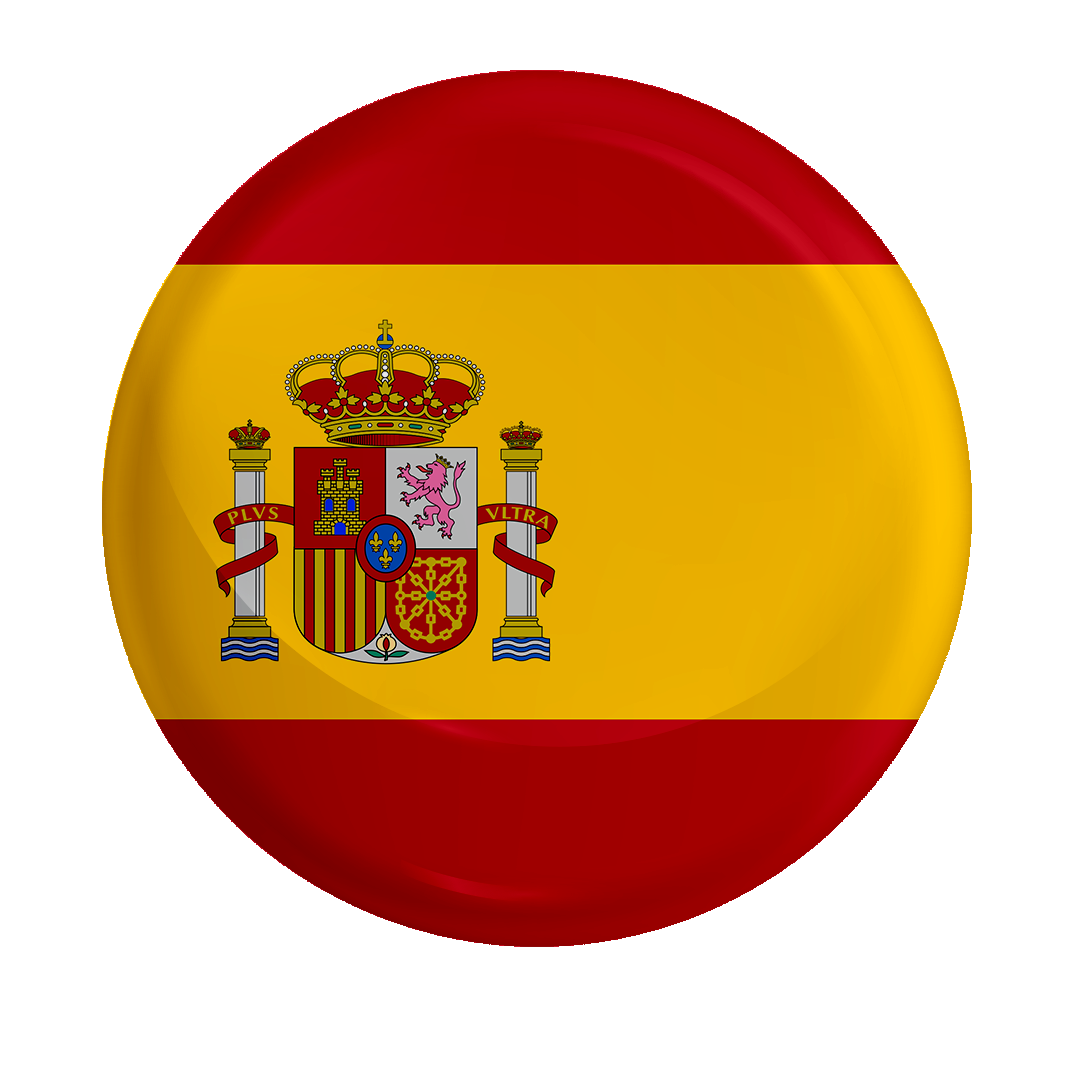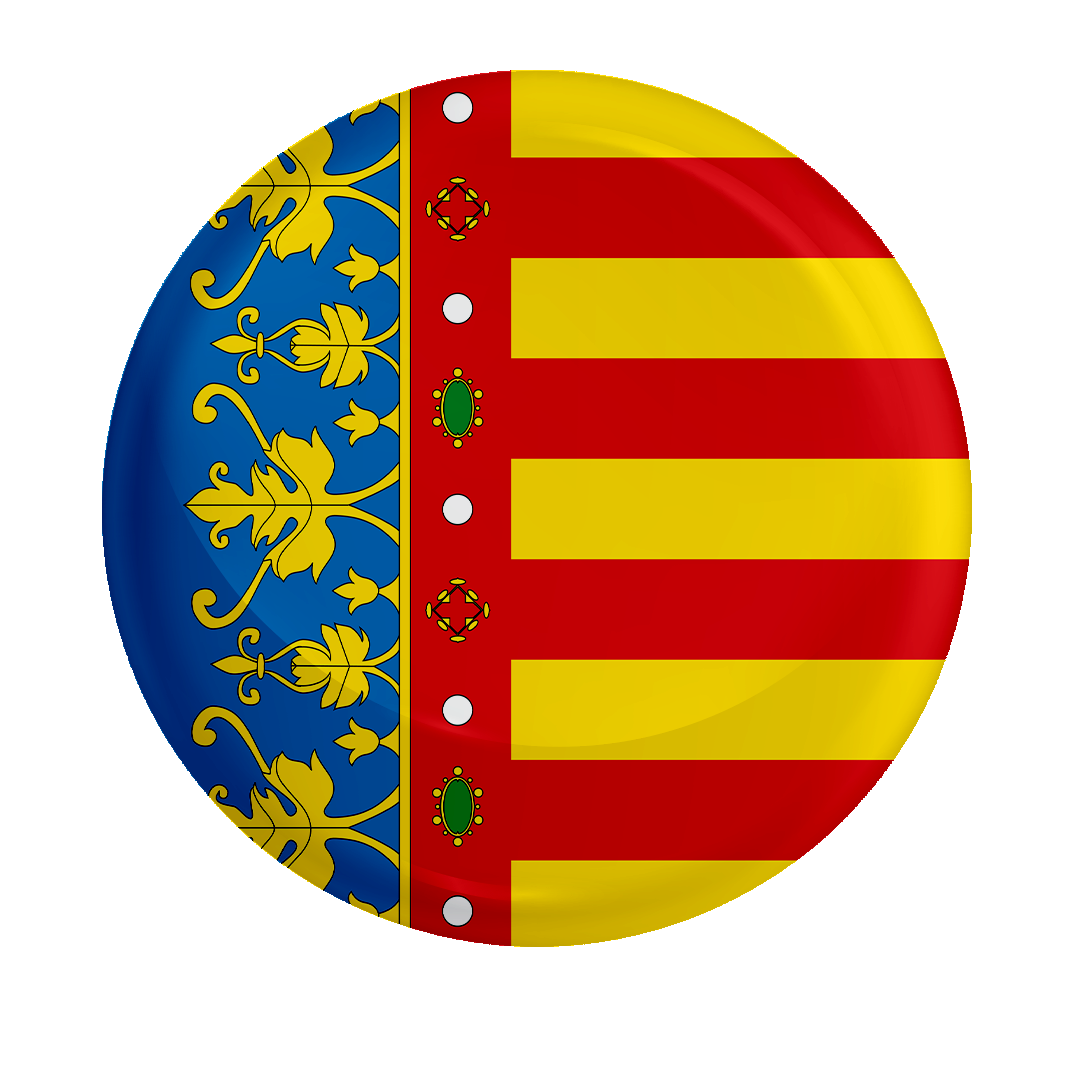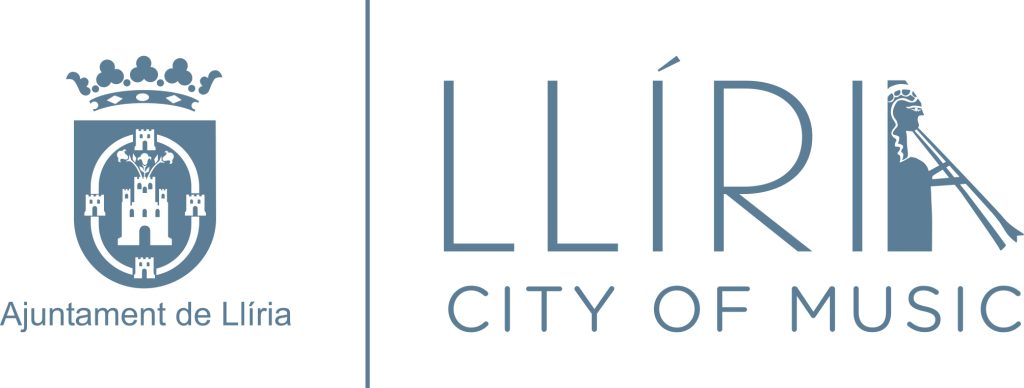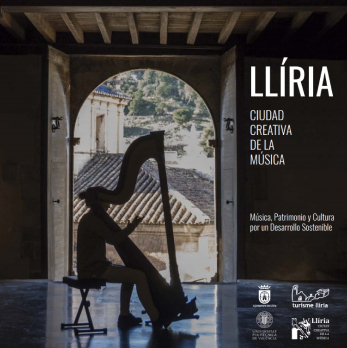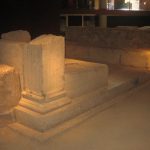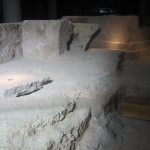The capital of Camp de Túria successfully closed yesterday the sixth edition of “El DesenJazz 2021. Festival de Jazz i Altres Músiques de Llíria”, an initiative that merges jazz with other musical styles and artistic disciplines, organized by Turisme Llíria and with the support of the Mediterranew Musix brand through Turisme Comunitat Valenciana. More than 600 people attended at the theatre Unió Musical three performances that made up the programme of the event, which featured a varied line-up with the participation of local and international groups and artists.
The festival was triggered by the group ‘Jesús Hernández 4t’, a group from the city of Granada, which actively collaborated in the organization of this edition as the Creative City of Literature. The group of Granada offered the show ‘The Flamenco Jazz Experience’.
This performance, in addition, could also be followed via streaming on the YouTube channel of the council, in an initiative with the support of the UNESCO Creative Cities Network to commemorate International Jazz Day.
The programme continued on Saturday with the performance of the “Elma Sambeat” quintet. The group delighted the audience with the show ‘Lorca In Mediterranean Jazz’, which combined the work of the Granada-born poet, Federico García Lorca, with a very Mediterranean version of jazz.
Lastly, the group in charge of putting the finishing touch to ‘El DesenJazz 2021’ was the ‘Névoa’ quartet, which offered an innovative and creative mix of cultures between contemporary music, jazz and Afro-Brazilian music with the live performance of ‘The Brazilian Jazz Fusion’. There in also participated the cellist from the municipality Raquel Sánchez, a local talent who also fulfils the commitments of Llíria, as Creative City, to give projection to the local artists.
Llíria City of Music closed, in this way, a new edition of the festival El DesenJazz, which “is enshrined as an ambitious project that shows the municipality’s clear commitment to artistic creativity and the widespread of jazz as a universal language of peace that UNESCO promotes, and, above all, in order to continue to demonstrate that music is a top-level tourist attraction”, highlighted Mayor Manolo Civera.
